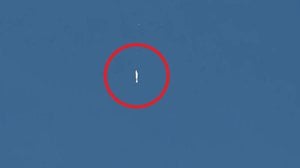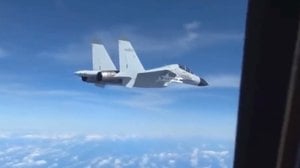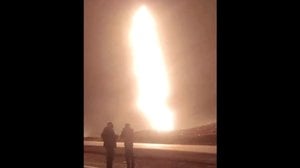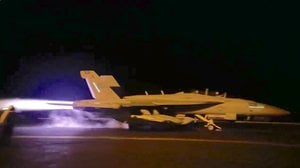
China's Space Program Debris Crashes on Populated Areas
Published 4 months ago
This compilation of clips from Chinese social media app Weibo purportedly shows spent booster stages of a Chinese National Space Agency Chang Zheng ("Long March") 3B rocket falling on populated areas and villages. The Chang Zheng 3B is China's heaviest rocket, primarily used to place communication satellites into geosynchronous orbit. It was first launched in 1996, and incidentally suffered a guidance failure which caused it to destroy a nearby village. While no deaths have been reported connected to this launch, property damage is clearly evident. Moreover, the boosters are fueled with dinitrogen tetroxide and hydrazine, which are both highly combustible, as seen in the video, and reportedly carcinogenic. The mixture is also immediately lethal at high enough doses. In contrast, NASA and ESA launch their rockets over the Atlantic ocean (when prograde, or along with the rotation of the Earth), or the Pacific ocean (when retrograde, or in the opposite direction). This minimizes the risk of damage or contamination by falling debris or spent boosters.
About the Author

Cole Simms
Cole Simms is an Air Guardsman, NASA enthusiast, police officer, and security contractor with particular experience in austere environments. Outside of work, he volunteers as a Stop The Bleed instructor for area schools. He holds a Bachelor's Degree in Homeland Security and Emergency Management, and blends his knowledge and experience to write analysis for Funker530.
Need a tried-and-tested fixed blade that's trusted by police, military and protective service users all over the world? Cole recommends Ironside Edge Works for your tactical or EDC blade needs.













